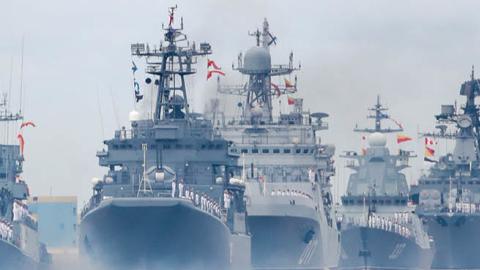A crisis may be imminent in Ukraine as Vladimir Putin gathers troops on the Russian border for a possible invasion. American policy makers have also begun focusing on a potential conflict in Taiwan, one that is coming to a boil more slowly. But American statesmen ought to understand: These events can’t be viewed in isolation; they are connected and part of a larger political competition for Eurasia.
Whether Mr. Putin is seriously considering action against Ukraine is an open question. But Mr. Putin has achieved three objectives simply by posing a credible threat. First, he has gained President Biden’s attention, and the two had teleconferences on Dec. 7 and 30. Russia views itself as a great power and wants to deal with other great powers directly, not via the North Atlantic Treaty Organization, an execrable reminder of Russian weakness and Soviet collapse.
Second, Mr. Biden hasn’t committed to a military deployment in support of Ukraine, instead emphasizing an economic response, such as sanctions, to a Russian offensive. This is a signal that Mr. Biden is reluctant to intervene militarily. Third, and most important, Mr. Putin has mobilized the Russian military to allow almost immediate combat operations against Belarus, allowing him to swallow Minsk. Internationally, Mr. Putin still hopes to achieve the Soviet dream of dismantling the American-led European security system. This is similar to his objective in the Middle East: replacing the U.S. as the prime external force in the region.
Although separated by geography, Ukraine and Taiwan occupy similar positions in the Russian and Chinese strategic experience and historical imagination. Capturing each is essential to all other strategic objectives. For Russia, taking Ukraine would secure its hold on the Black Sea and open other pressure points against vulnerable NATO members Romania and Bulgaria. For the Chinese Communist Party, seizing Taiwan would allow the country to break out of the First Island Chain and conduct offensive operations against Japan, the Philippines and even U.S. territories in the Central Pacific.
Read the full article in the Wall Street Journal


















